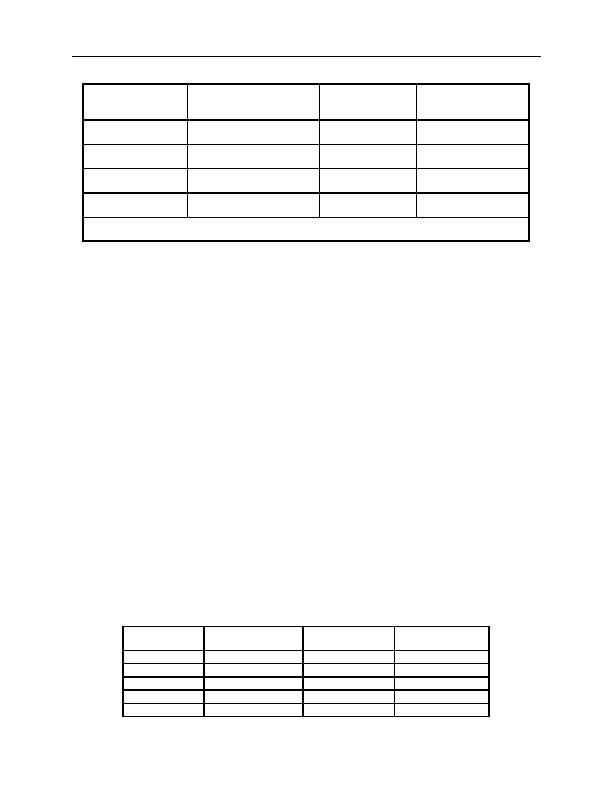
Public Health Assessment Public Comment Release
Ward Transformer NPL Site
Surface Water
Maximum concentration in
CV Source (defined in
Comparison Value
Contaminant
surface water, g/L
Appendix A)
(CV), g/L*
Drinking Water
7300
5000
RMEG 10
Drinking Water
Aldrin
0.044
3 / 0.02
EMEG / CREG 10
Drinking Water
Heptachlor Epoxide
0.055
1 / 0.04
RMEG / CREG 10
Drinking Water
Aroclor 1260
1.5
0.2
CREG 10
*
Surface water CV calculated as ten times the drinking water CV.
Source: [4]
estimated for trespassers who contact the maximum concentrations in surface water 4 times a
week throughout the year over many years. Details of the assumptions used to perform these
calculations can be found in Appendix A. The estimated child and adult exposure doses for
values and therefore not expected to result in any adverse health effects. In addition, the excess
cancer risk associated with exposure to Aroclor 1260 in surface water is not significantly
elevated. However, exposure to this contaminant contributes to the cumulative risk for cancer
from multiple exposure pathways, which will be discussed later.
Cumulative Exposures
in this document. In this section, we consider whether multiple exposure pathways might result
in an increased health risk over the pathway-specific analysis. Table 7 shows the relative
contribution to overall theoretical cancer risk of all the pathways for Aroclor and PCB
congeners. As indicated, most of the risk is contributed by the fish consumption and soil
pathways. The sediment and surface water pathways have a negligible contribution to the overall
risk. If a person were exposed to PCBs through all four pathways, the theoretical increased risk
for cancer is about 2 in 1,000. ATSDR considers this a moderate-to-high increased risk for
cancer. It should be noted that worst-case assumptions were used to obtain the theoretical cancer
risk. The actual risk of developing cancer, which is likely to be much smaller than the upper
bound estimate reported here, depends on many factors, including actual exposures, genetics,
lifestyle, and other environmental factors.
Table 7. Contribution of Pathways and Contaminants to Overall Theoretical Cancer Risk, Ward
Dioxin/Furan/PCB Cumulative Risk of
Pathway
Aroclor 1260
TEQ
Pathway
6.610-4
4.510-4
1.010-3
Fish
-5
-4
6.210-4
6.510
5.510
Soil
-7
-10
2.810-7
2.810
4.710
Sediment
7.010-7
7.010-7
Surface Water
-
-4
-3
1.710-3
7.3 10
1.010
Cumulative Risk
14


 Previous Page
Previous Page
